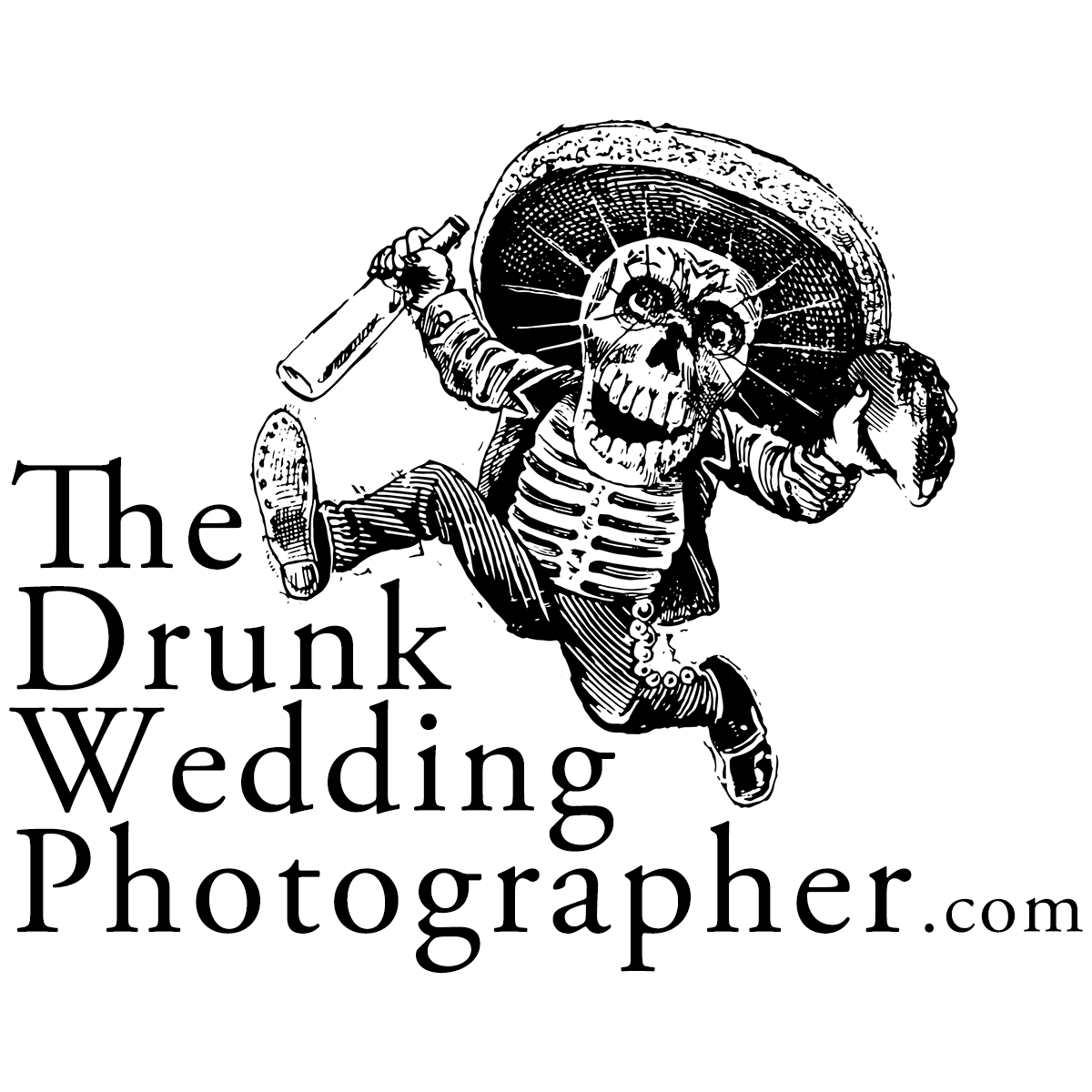Disposable Cameras for Weddings: Don’t Do It
Why Throw Away Cameras for Wedding Guest Tables are a Bad Idea, The Real Cost of Getting Pictures Developed + A Smarter Alternative
Reformed Film Lab is currently selling disposable cameras with 54 pictures for $7 each!
CLICK HERE and use promo code: SUC10 for an extra 10% off
Make sure you mention I sent you in the Order Note
On paper, it sounds like a fun idea imagining all the candid, retro photos your drunk friends will take throughout the wedding and into the reception. But unless you go in with the mindset that you might get a handful of usable photos at best, nothing at worst, you're setting yourself up for disappointment after spending a couple hundred dollars on a few disposable cameras.
Now, I’m not saying disposable cameras are a bad idea altogether. The problem is that most people don’t know how to use them. For one, these things need flash to get a decent photo, and guess what most drunk guests forget to turn on?
Not to mention, photo labs will charge full price whether you get one photo or all 27 of them. And almost every couple regrets it once they realize they spent $300 on underexposed, unusable photos—money they wish they’d put toward something else. The couple in the video below admitted it was "completely not worth it—most of the pictures were pretty shit." They bought 10 disposable cameras (27 exposures each), giving them 270 possible photos. Sounds great, right? Well, out of those, they only got 10 decent shots. Thankfully, they only spent $155, which doesn’t sound too bad, until you do the math. That’s $15.50 per picture. And most of them weren’t even that great.
As a film wedding photographer who photographs most of the day on 35mm film, I’m all for more people incorporating film into their weddings—whether it’s by hiring someone like me or tossing a few disposable cameras into the mix. But again, you have to brace yourself for the possibility that you might not get anything back at all from your disposable film cameras. Otherwise, I say go for it. Because the few photos you do get tend to be the ones you end up cherishing just a little bit more.
Price for Disposable Camera Pack of 20 and Developing
If you’re still here, clearly, your heart is set on having disposable cameras at your wedding. Ain’t gonna stop you. So least I can do before you go is give you a heads-up on how much you’ll be spending after all is said and done. Disposable cameras are usually $25 for a 2-pack. Not bad. However! Photo labs charge a flat rate per roll for developing and scanning, meaning, you will pay full price even if there’s only one frame exposed.
Here’s a total cost breakdown for an 8-pack of Fujifilm QuickSnaps from Amazon, plus developing and scanning from a photo lab near you:
Fujifilm QuickSnaps 8-pack (216 exposures): $15 each, about $120
Developing + Scanning: $18 per roll, about $144
TOTAL: Close to $300 after shipping and pesky taxes
And yes, that’s the price whether you get one picture or all 27 pictures from each camera.
Pro Tip: Avoid the "wedding-branded" disposable cameras. Not only are they more expensive than the Kodak or Fujifilm options, but they’re often loaded with respooled film, and the cameras themselves are notorious for being faulty right out of the box.
Alternatives to Disposable Cameras at Weddings
Best advice I can give you if you want retro-style pictures of your wedding would be to hire a film wedding photographer who specializes in 35mm film. Many film photographers have competitive rates compared to "digital" photographers. The downside is that you’ll get fewer photos overall, which makes it seem more expensive because you’ll be paying the same for less pictures. That said, avoid photographers who offer film as an add-on. I’ve seen far too many wedding photographers charge an extra $300-$500 for just one or two rolls of film, disgusting.
Another option is the ever-popular Fujifilm Instax. After all is said and done however, you’ll spend about the same amount of money without significantly better results. My recommendation is to pick up a couple of Nikon N75 or N55 kits. Yes, you’ll spend about the same amount upfront, but both the N75 and N55 work like a point-and-shoot camera—the flash pops up automatically and won’t fire unless it’s ready to go, so you’re almost guaranteed usable photos for an entire roll of film. Plus! You can lend the cameras to friends for their weddings or resell them afterward to recoup some of your money.
Here’s the math:
Two Nikon N75 cameras: $50 each
Two 36-exp. 3-packs of film: $50
Developing for 6 rolls: $120
That totals $220 for 216 exposures—or $170 after reselling the cameras. With a lot tape and a little of patience, you’ll get higher-quality photos and more control over the results—all without wasting money on disposable cameras that might leave you disappointed.







Italian 1920s brick home in Los Angeles for intimate micro weddings.